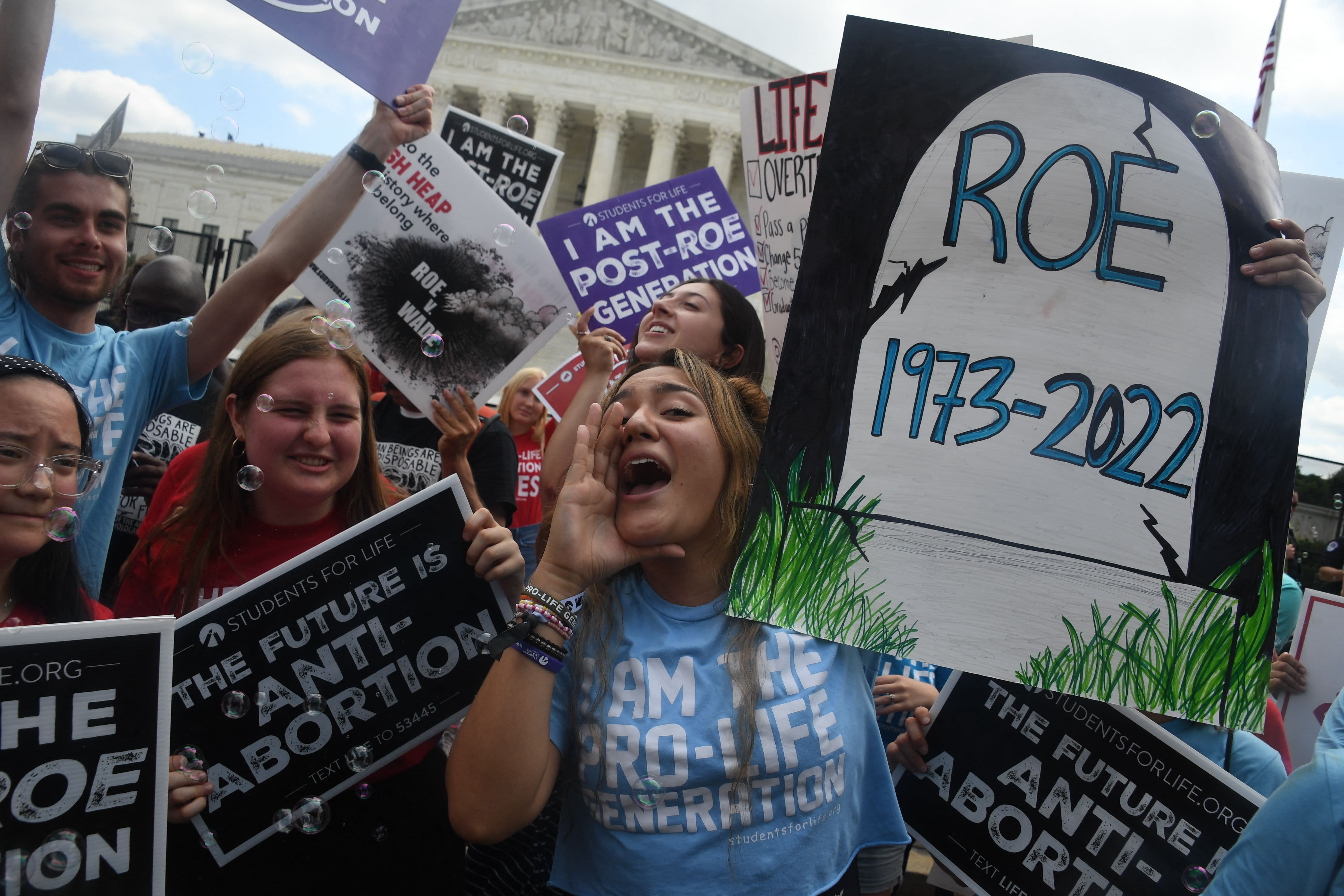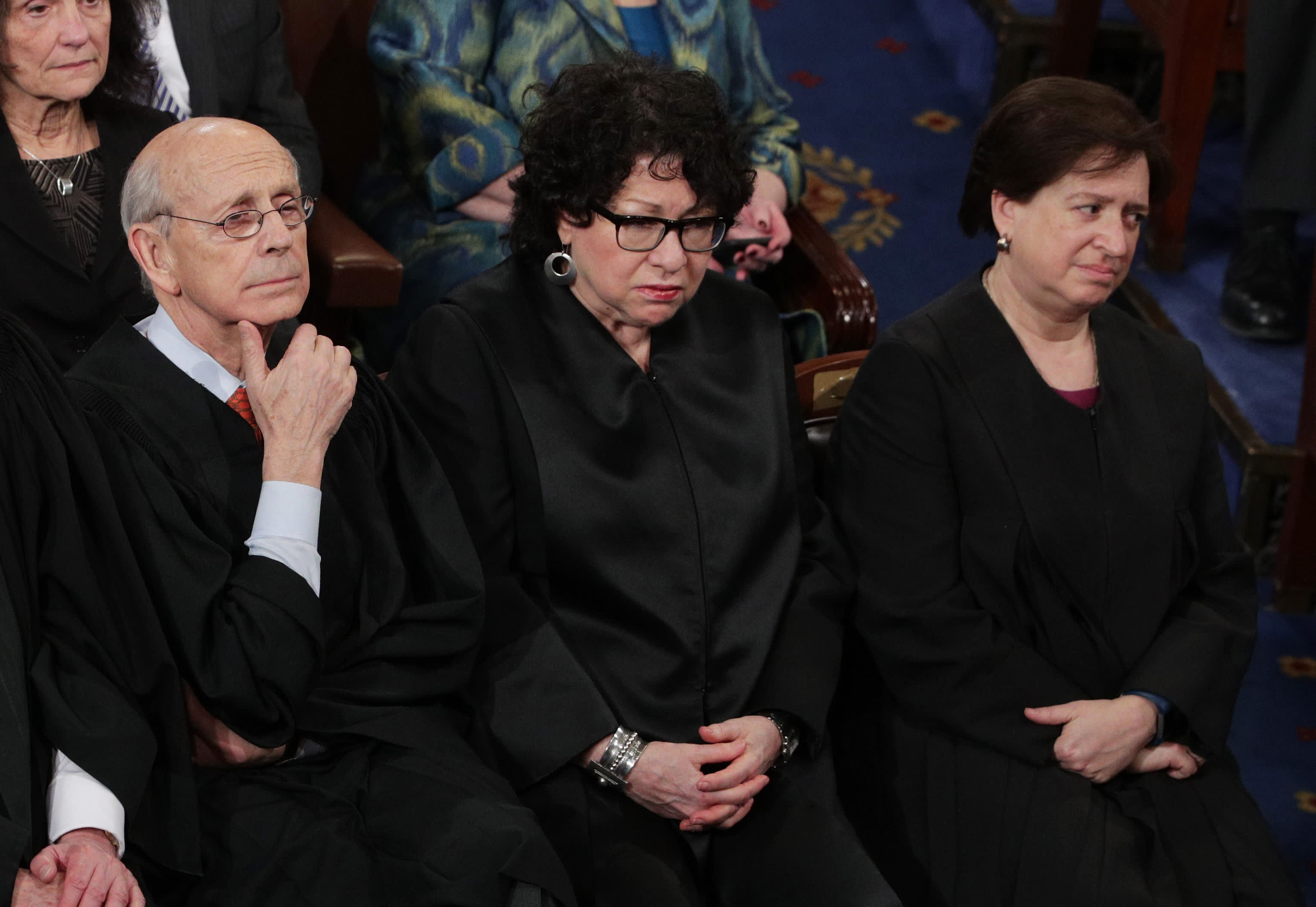Norma McCorvey became pregnant three times, was an abortion rights supporter who later converted to Catholicism and who, on her deathbed, made another about-face. The life of McCorvey, the woman behind Roe v. Wade, was at times as controversial as the Supreme Court ruling that bore her pseudonym.
On Friday, the landmark ruling that gave American women the right to an abortion for nearly 50 years was overturned by the Supreme Court.
A draft opinion by Justice Samuel Alito that was leaked in early May to the media showed the court would a Mississippi law that bans nearly all abortions after 15 weeks of pregnancy. The document suggested that at least five justices agree.
What was the case that many heralded but others fought fiercely against over the years? Here are some details.
Get Philly local news, weather forecasts, sports and entertainment stories to your inbox. Sign up for NBC Philadelphia newsletters.
Who Were Roe and Wade?
Norma McCorvey sought an abortion in Texas in 1969 when she was five months pregnant with her third child. At the time, she was 22 and unmarried. But Texas banned the procedure except to save a mother’s life.
After she tried unsuccessfully to get an illegal abortion, she was put in touch with two recent graduates of the University of Texas Law School, Sarah Weddington and Linda Coffee. In a lawsuit brought on her behalf, they argued that she had a constitutional right to a safe abortion in Texas. Her right to privacy under the First, Fourth, Ninth and 14th amendments had been violated, they said.
She became Jane Roe to preserve her anonymity. Their lawsuit named Henry Wade, then the district attorney of Dallas County, Texas.
After the U.S. District Court for the Northern District of Texas ruled in her favor, Texas appealed to the U.S. Supreme Court.
More on Roe V. Wade
What Did the Supreme Court Decide in 1973?
The decision was released on Jan. 22, 1973. Justice Harry A. Blackman wrote the majority opinion that found in a 7-2 ruling that Texas had violated McCorvey’s constitutional right to privacy. Individuals have protected areas or zones of privacy that encompassed abortion, the justices found.
But the right to an abortion was not unqualified. A key was whether a fetus could survive outside a woman’s womb.
The Texas law “sweeps too broadly,” they found. The decision struck down laws that banned abortions before the point when a fetus can survive.
When Is Fetal Viability?
At the time of the ruling in 1973, what is called fetal viability was at about 28 weeks. Medical advances since then have pushed the point to about 24 weeks.
Roe v. Wade used trimesters to determine when a pregnancy could be regulated. During the first, almost no regulations were allowed. In the second, ones to protect a woman’s health were permitted, while in the third, abortions bans were allowed except if a mother’s life or health were at jeopardy.
A 1992 case, Planned Parenthood v. Casey, rejected the trimester framework but left the core of Roe v. Wade intact.
What Happened to Norma McCorvey (Jane Roe)?
McCorvey died at age 69 in 2017 at an assisted living center in Katy, Texas.
Over her lifetime, she was sent to a reform school, she married a man she said was abusive, she struggled with substance abuse and became involved with a woman named Connie Gonzales.
As the plaintiff in the landmark abortion case, she was pregnant for the third time. One child was raised by her mother, another had been placed for adoption.
Later she became anti-abortion evangelical Christian and still later a Roman Catholic.
In 2009, she was arrested protesting President Barack Obama’s appearance at the University of Notre Dame and disrupting Sonia Sotomayor’s Supreme Court nomination hearing.
Then as she was dying, she made what she called a deathbed confession: She had never fully supported the anti-abortion movement.
In the documentary “AKA Jane Roe” she says of the anti-abortion movement: “I took their money and they put me out in front of the camera and told me what to say, and that’s what I’d say.”
The ruling did not allow her to have an abortion. By the time the decision came down, she had had her child. That baby girl was also given up for adoption.




